From the melodic song of the Cardinal to the graceful flight of the Blue Jay, Ohio is home to an array of birds that brighten the skies and add beauty to the landscape.
With 29 common species found throughout the Buckeye State, there’s always a feathered friend to be seen.
Whether you’re an avid birder or simply enjoy watching the birds in your backyard, this guide to the most common birds in Ohio will have you seeing feathered wonders in a whole new light.
| Image | Bird | Features | Price |
|---|---|---|---|
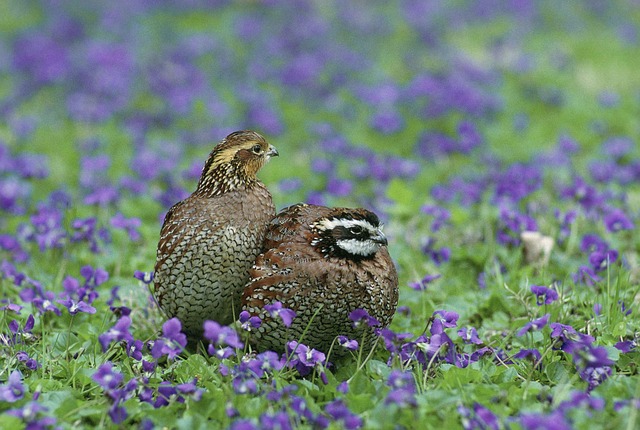 |
| 9.7 | Check Price |
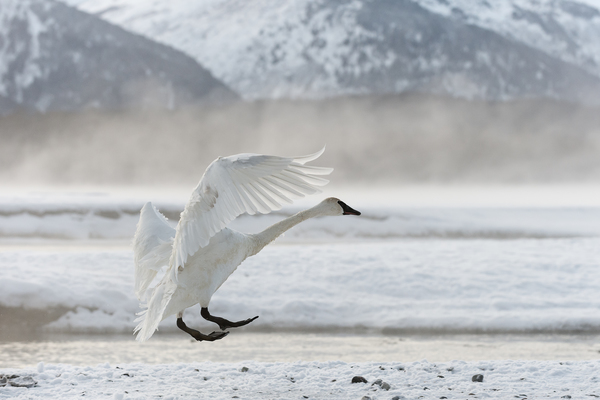 |
| 9.5 | Check Price |
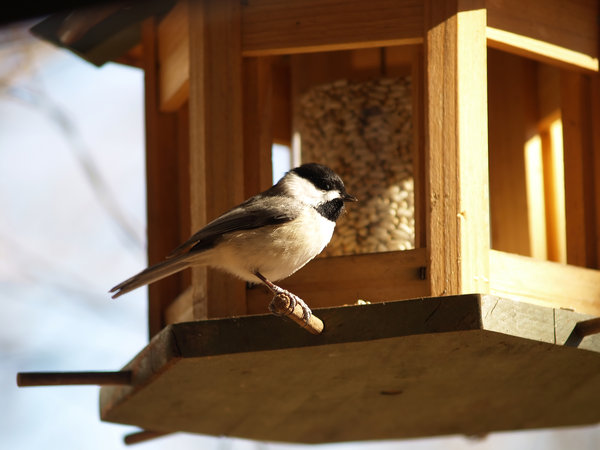 |
| 9.1 | Check Price |
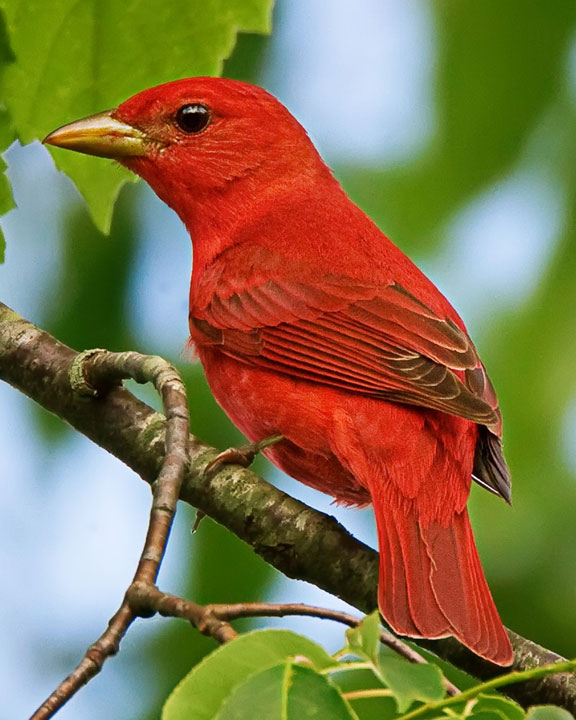 |
| 8.8 | Check Price |
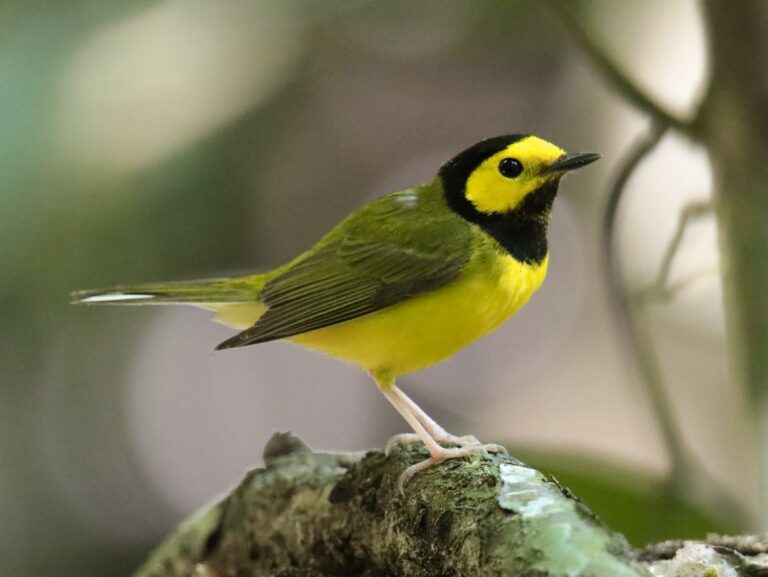 |
| 8.6 | Check Price |
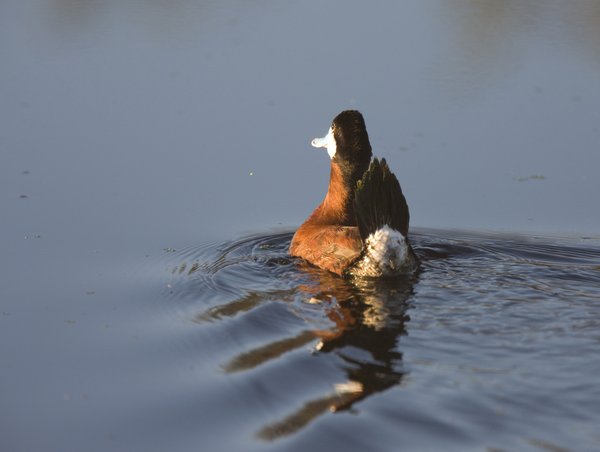 |
| 8.2 | Check Price |
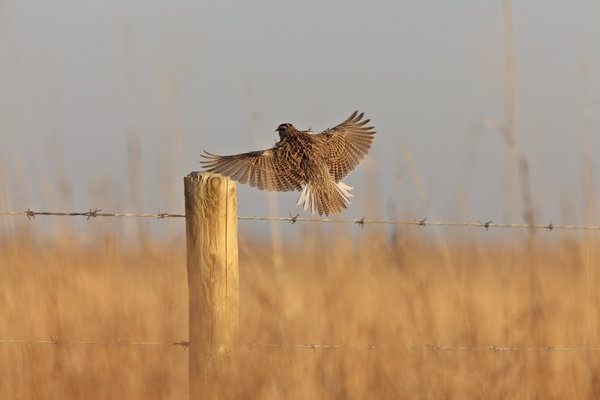 |
| 8 | Check Price |
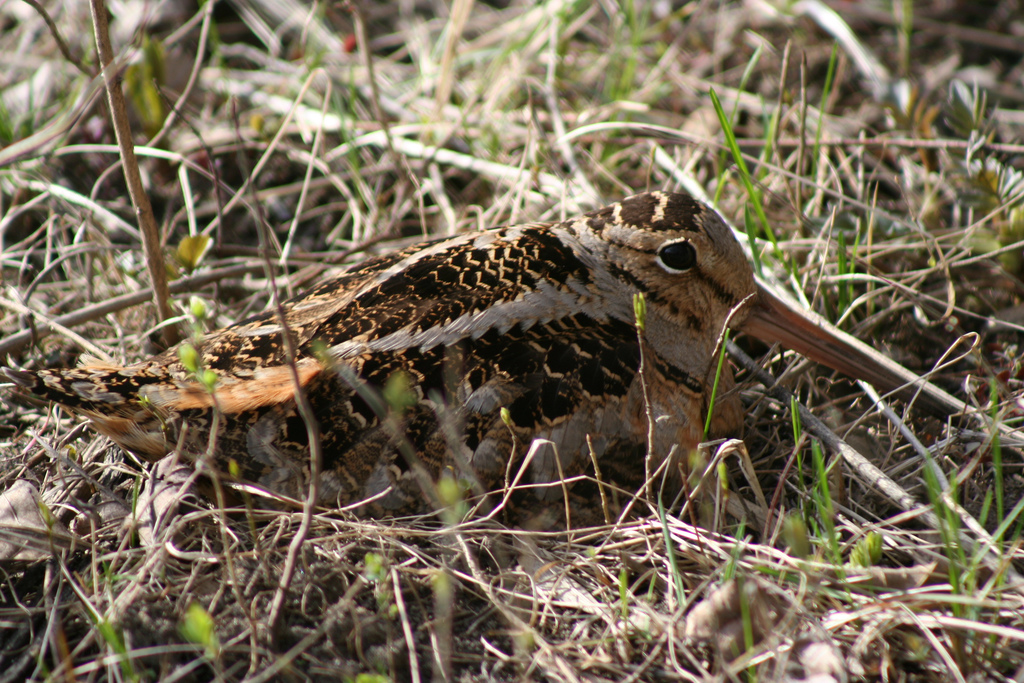 |
| 7.7 | Check Price |
 |
| 7.4 | Check Price |
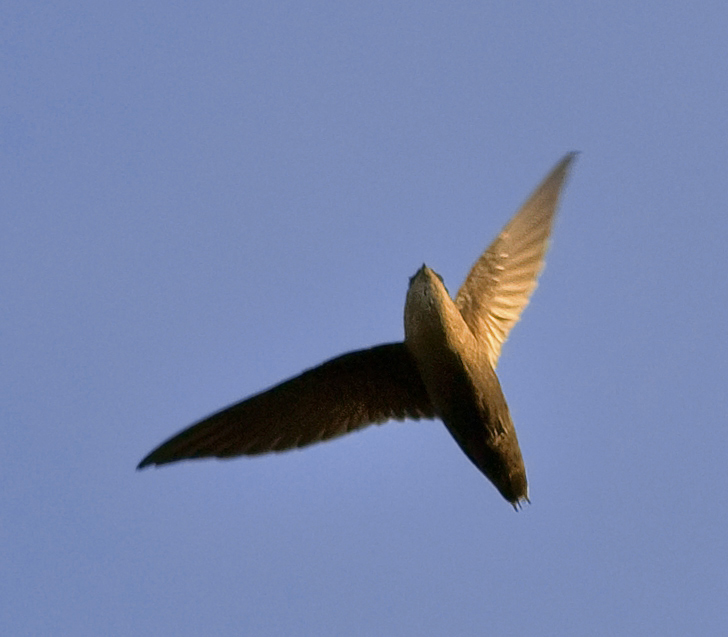 |
| 7.2 | Check Price |
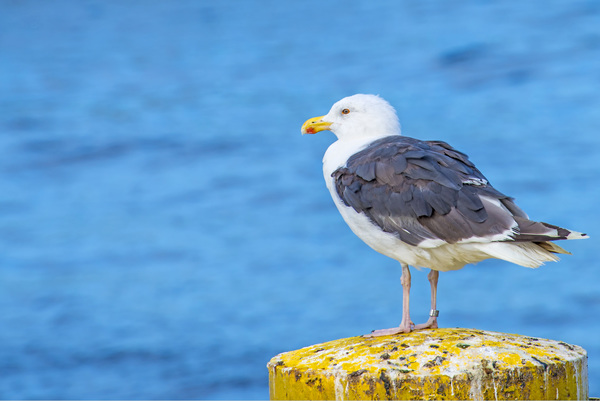 |
| 9.5 | Check Price |
 |
| 9.5 | Check Price |
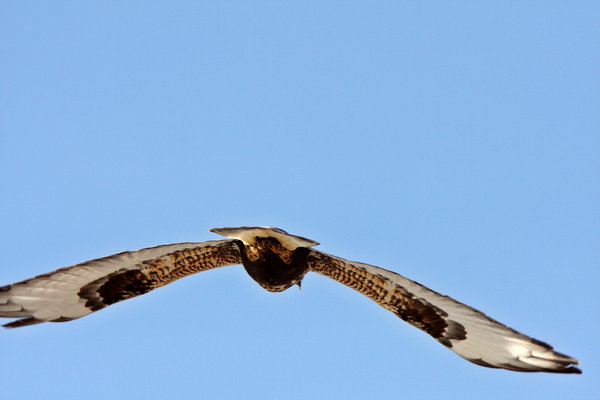 |
| 9.5 | Check Price |
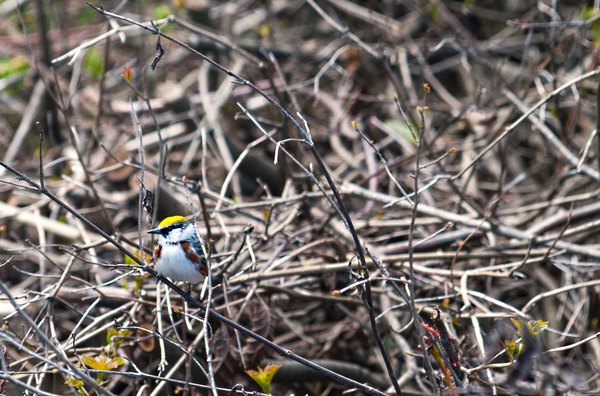 |
| 9.5 | Check Price |
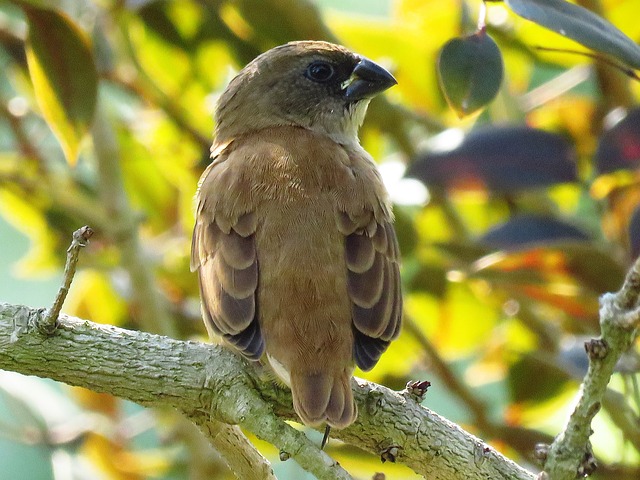 |
| 9.5 | Check Price |
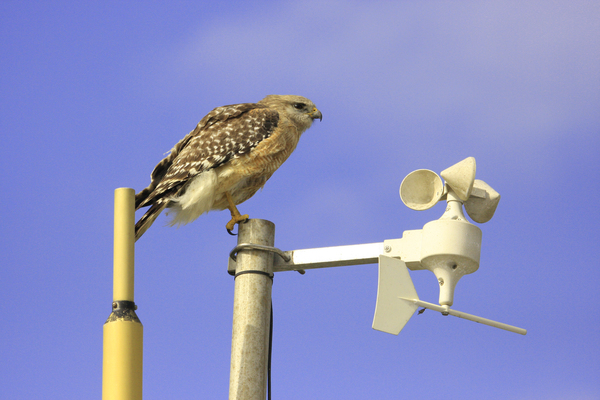 |
| 9.5 | Check Price |
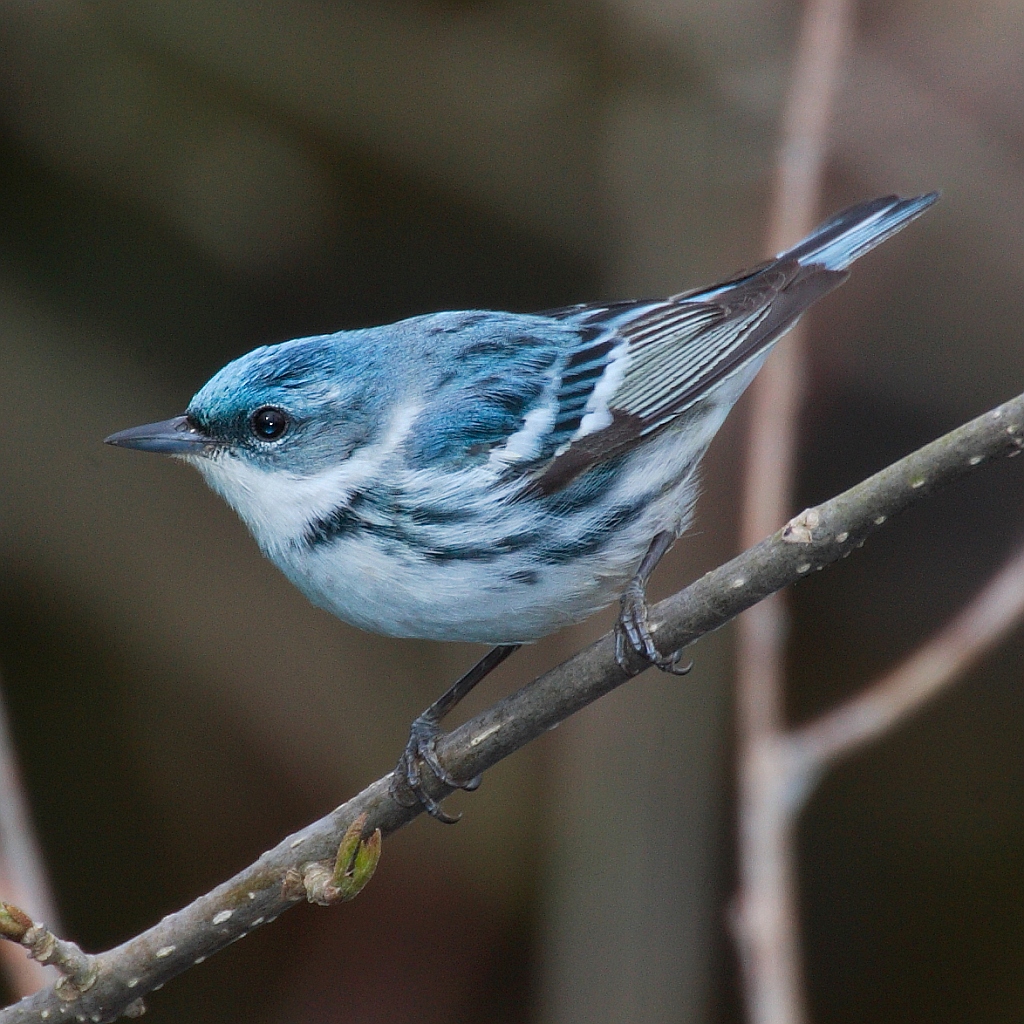 |
| 9.5 | Check Price |
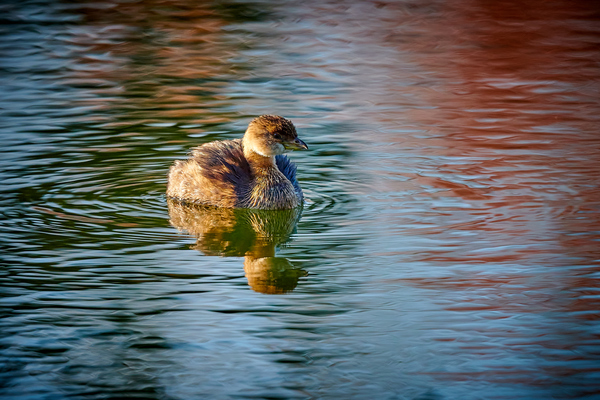 |
| 9.5 | Check Price |
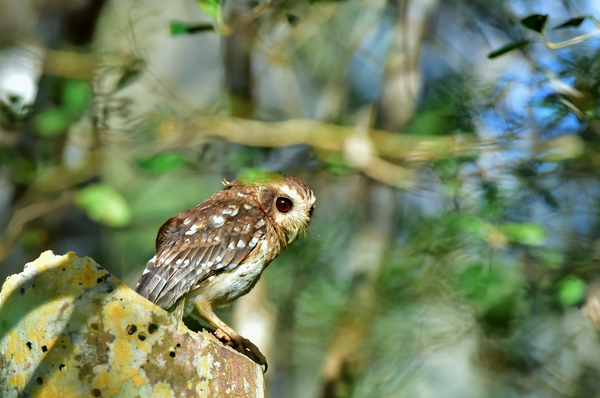 |
| 9.5 | Check Price |
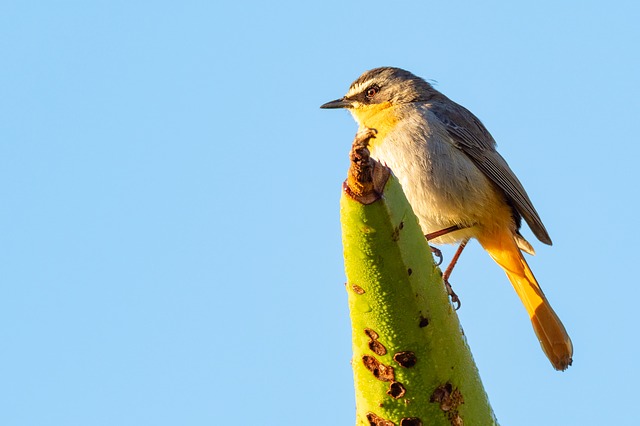 |
| 9.5 | Check Price |
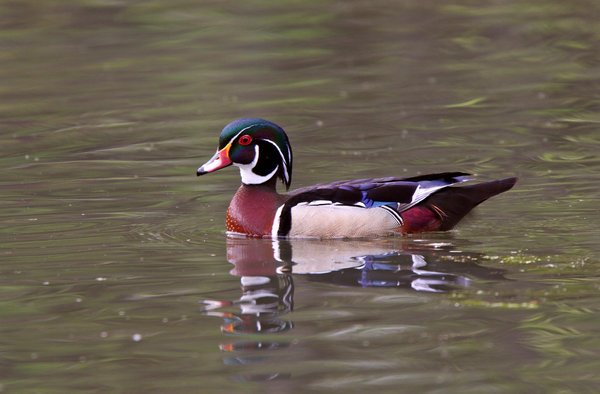 |
| 9.5 | Check Price |
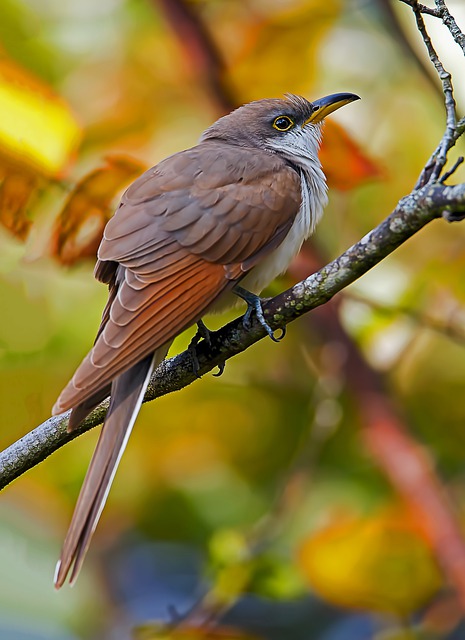 |
| 9.5 | Check Price |
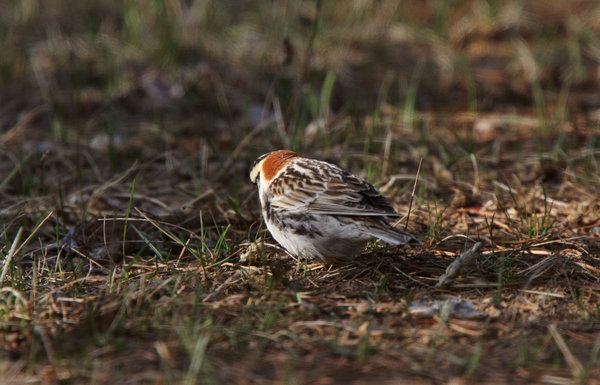 |
| 9.5 | Check Price |
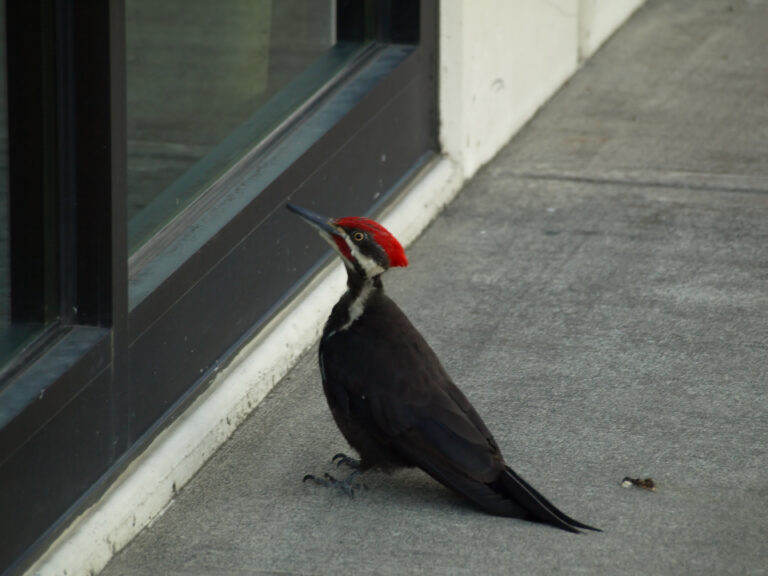 |
| 9.5 | Check Price |
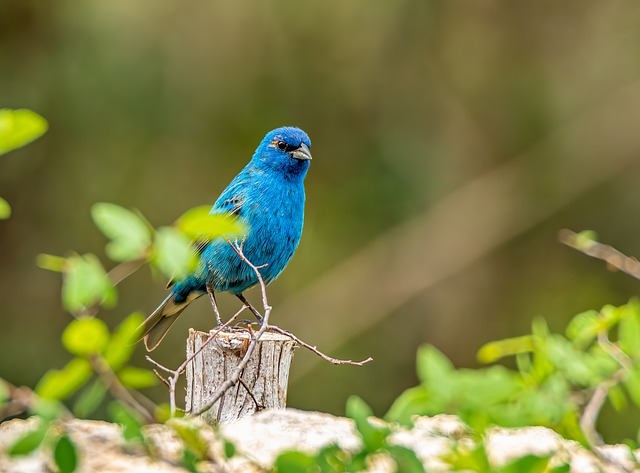 |
| 9.5 | Check Price |
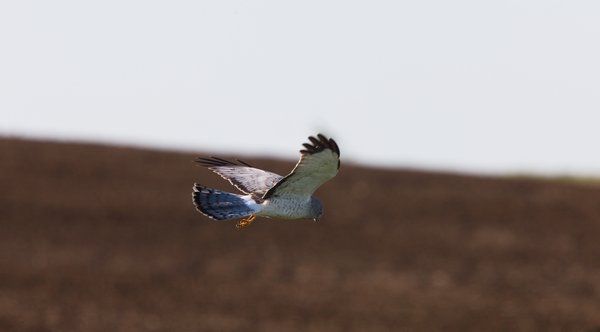 |
| 9.5 | Check Price |
 |
| 9.5 | Check Price |
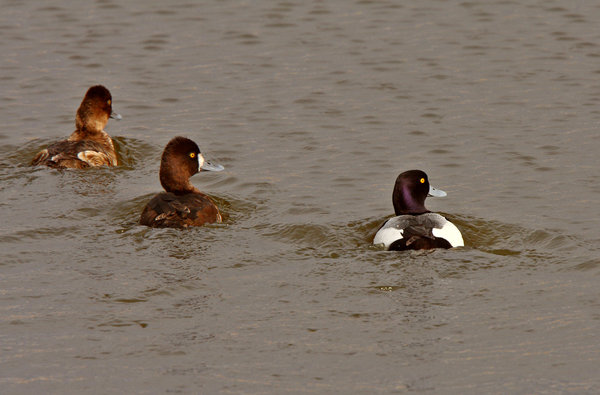 |
| 9.5 | Check Price |
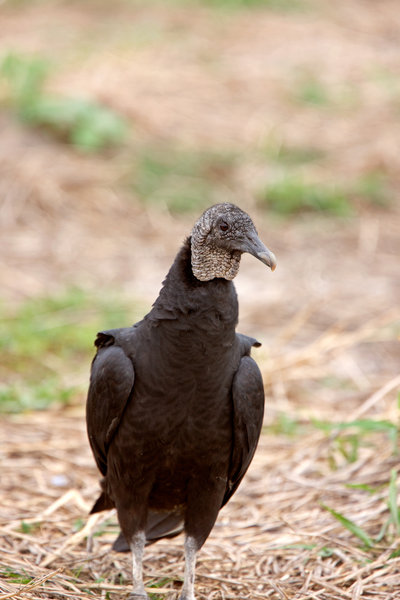 |
| 9.5 | Check Price |
If you don’t have the time to read the whole article, check out this video for a quick understanding.
Common Birds in Ohio
1. Northern Bobwhite

The Northern Bobwhite (Colinus virginianus)is a tiny ground-dwelling bird that is known as Ohio’s sole native quail.
Northern Bobwhites have a round, plump body, a distinctive crest on the top of their head, and a short tail.
They have a rusty-brown back and white underbelly, with a black and white-striped face and a rusty-red throat.
Northern bobwhites forage in groups and are known to be wary of humans.
Northern Bobwhites are approximately 8 – 10 inches (20 – 25 cm) in length. They typically weigh between 4 – 7 ounces (113 – 198 g).
Their wingspan is typically around 15 inches (38 cm).
Northern Bobwhites are found in open fields, grasslands, and agricultural areas.
They prefer habitats with low, dense vegetation and ample ground cover.
Their diet consists primarily of seeds, insects, and other small invertebrates.
They will also feed on berries and other fruit when available.
Below are the characteristics of the Northern Bobwhite,
| Scientific Name | Colinus virginianus |
| Family Name | Phasianidae |
| Length | 28-31 cm (11-12 in) |
| Weight | 140-220 g (4.9-7.8 oz) |
| Wingspan | 40-44 cm (16-17 in) |
| Habitat | Grasslands, prairies, and agricultural fields |
| Food | Seeds, insects, and other small invertebrates |
2. Tundra Swan

Ohio’s biggest waterfowl is the Tundra Swan (Cygnus columbianus).
It has a lot of similarities to trumpeter swans, so you could have a hard time distinguishing it.
Tundra Swans are large, all-white waterbirds with black bills and feet.
They have long necks that they often hold in an “S” shape.
Juvenile Tundra Swans have a grayish bill and a dusky wash on their plumage.
Tundra swans may be found in many regions of North America on lakes and wetlands.
Tundra Swans can be up to 56 inches (142 cm) in length. They typically weigh between 8 – 12 pounds (3.6 – 5.4 kg).
Their wingspan is typically around 6 – 7 feet (1.8 – 2.1 m).
These birds are frequently referred to as whistling swans because of the unique whistling sound produced by their wings.
They are entirely white with the exception of their black bills.
The smear of yellow around the beak is also a definite sign of a tundra swan.
Tundra Swans feed on aquatic plants, seeds, and small aquatic animals such as mollusks and crustaceans.
They are known to feed both in shallow water and on land.
Below are the characteristics of the Tundra Swan,
| Scientific Name | Sitta europaea |
| Family Name | Sittidae |
| Length | 12 cm |
| Weight | 20 g |
| Wingspan | 20 cm |
| Habitat | Woods |
| Food | Seeds, insects, nuts |
3. Carolina Chickadees

The Carolina chickadee (Poecile carolinensis) is a tiny, inquisitive bird that might be mistaken for the black-capped chickadee.
It can be seen frequently in southern Ohio throughout the year.
Carolina Chickadees are small, plump birds with black caps and bibs, white cheeks, and gray backs and wings.
They have a distinctive, cheerful call that is often used to locate their mates and warn of danger.
Carolina Chickadees are approximately 4.5-5.5 inches (11-14 cm) in length. They typically weigh between 0.3-0.4 ounces (8-12 g).
Their wingspan is typically around 7-8 inches (18-20 cm).
Carolina Chickadees feed on a variety of food sources, including insects, spiders, and seeds.
They are particularly fond of sunflower seeds and suet and are known to cache food for later use.
Despite their matching black crowns and grey wings, these two chickadee species are not the same.
Carolina chickadees may be found in wooded regions.
It’s a leaf gleaner and is the best to search the tree branches when you hear its unique voice.
These birds have been observed visiting feeders and taking seeds to eat at a more particular location.
Below are the characteristics of the Carolina Chickadees,
| Scientific Name | Poecile carolinensis |
| Family Name | Paridae |
| Length | 12 cm |
| Weight | 9-12 g |
| Wingspan | 20 cm |
| Habitat | Woodlands |
| Food | Seeds, insects, spiders, suet |
4. Summer Tanagers

The Summer Tanager (Piranga rubra) is a species of songbird found in North and South America.
Summer Tanagers are brightly colored birds with a distinctive, long tail.
Males are a vibrant red color, while females are yellow-green with red wings.
Both sexes have a black bill and dark wings with white wingbars.
Summer Tanagers are approximately 7-8 inches (18-20 cm) in length.
They typically weigh between 1.2-1.7 ounces (34-48 g).
Their wingspan is typically around 10-12 inches (25-30 cm).
When you watch the bird flying through the green trees and shrubs, the visual impact is magnified.
Summer tanagers are crimson in males and mustard-yellow in females.
Despite its striking red hue, locating a summer tanager can be tricky unless you know how to recognize its sound.
Summer Tanagers are found in woodlands, forests, and suburban areas.
They prefer habitats with dense trees and an abundance of insects and other food sources.
Summer Tanagers feed on a variety of food sources, including insects, spiders, and fruit.
They are especially fond of caterpillars, beetles, and other soft-bodied insects, which they glean from the leaves and branches of trees.
Below are the characteristics of the Summer Tanagers,
| Scientific Name | Piranga rubra |
| Family Name | Cardinalidae |
| Length | 20 cm |
| Weight | 40 g |
| Wingspan | 30 cm |
| Habitat | Woodlands |
| Food | Insects, fruits, berries |
5. Hooded Warbler
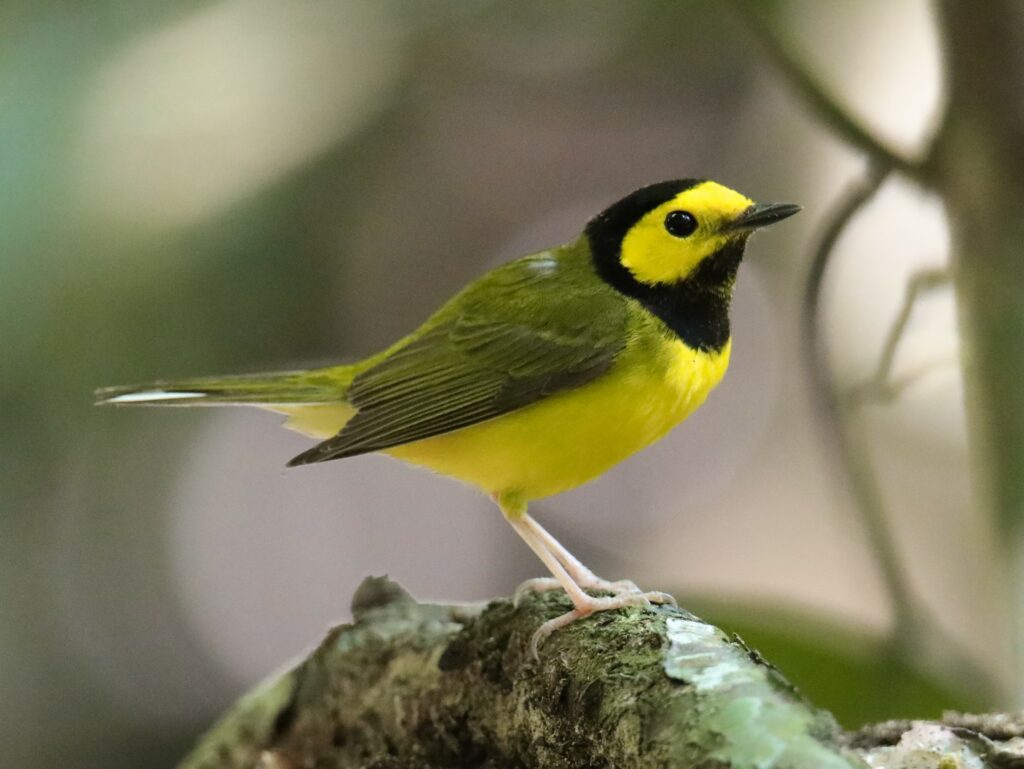
Hooded Warbler (Setophaga citrina) is a black hood covering its throat and contrasting brilliantly with its bright yellow spots on the face and underbelly.
Hooded Warblers are small, colorful birds with a distinctive, hooded appearance.
Males have a yellow head and neck, a green back, and white underparts with black streaks.
Females are green with yellow underparts.
Hooded Warblers are approximately 4.5-5.5 inches (11-14 cm) in length. They typically weigh between 0.3-0.5 ounces (9-14 g).
Their wingspan is typically around 7-8 inches (18-20 cm).
Hooded warblers are very easy to recognize if you get a good look at them.
Even though their numbers have grown as Ohio’s woods recover, these birds remain challenging to locate.
You’re better off listening for this Warbler than looking for it visually.
You may find this adorable bird in densely forested areas.
Hooded Warblers feed on a variety of food sources, including insects, spiders, and fruit.
They are especially fond of caterpillars, beetles, and other soft-bodied insects, which they glean from the leaves and branches of trees.
They are also known to feed on wild fruits and berries, including dogwood and bayberry.
Below are the characteristics of the Hooded Warbler,
| Scientific Name | Setophaga citrina |
| Family Name | Parulidae |
| Length | 13 cm |
| Weight | 11 g |
| Wingspan | 20 cm |
| Habitat | Woodlands |
| Food | Insects, spiders, fruits |
6. Ruddy Duck
The Ruddy Duck (Oxyura jamaicensis), a small bird with an enormous tail and a sky-blue beak, may be a striking sight along the Ohio shorelines of Lake Erie.
Ruddy Ducks are small, stocky ducks with distinctive, rounded heads and short, stiff tails.
Males have a bright chestnut-colored body and a blue bill, while females are brown with a paler bill. Both sexes have a white cheek patch.
Ruddy Ducks are approximately 14-16 inches (36-41 cm) in length. They typically weigh between 1-2 pounds (0.5-0.9 kg).
Their wingspan is typically around 21-24 inches (53-61 cm).
The white cheek patch also makes it easier to spot. Birders admire the splendid motions involved in the ruddy duck’s courting.
The male puts on a show that involves thumping his bill and different flamboyant postures to attract females.
Ruddy Ducks are found in freshwater wetlands, including marshes, ponds, and lakes.
They are especially abundant in shallow, sheltered areas where there is abundant vegetation for them to feed on.
Ruddy Ducks feed on a variety of food sources, including aquatic plants, seeds, and insects.
They are especially fond of algae and other aquatic vegetation, which they dive for.
They are also known to consume mollusks, crustaceans, and small fish.
Below are the characteristics of the Ruddy Duck,
| Scientific Name | Oxyura jamaicensis |
| Family Name | Anatidae |
| Length | 43 cm |
| Weight | 400-600 g |
| Wingspan | 60 cm |
| Habitat | Wetlands |
| Food | Aquatic plants, insects, mollusks |
7. Bobolink

The Bobolink (Dolichonyx oryzivorus) is a species of migratory bird in the family Icteridae.
Any birder in Ohio may enjoy a beautiful scene of breeding bobolink males. Because of its white back and black belly, this bird has a distinct appearance.
It’s a relatively rare bird with a yellow patch on its head that makes it easy to spot.
Bobolinks are approximately 6-7 inches (15-18 cm) in length. They typically weigh around 1.1-1.7 ounces (30-48 g).
Bobolinks have a wingspan of 9-11 inches (23-28 cm).
The bobolink delivers a bubbling melody with harsh metallic notes.
Males perform unusual patterns in their display flights.
Due to the diminishing population of this bird species, you may have difficulty locating it in its native grassland or overgrown field habitats.
Bobolinks are found in grasslands, meadows, and agricultural fields, particularly those with tall grass or cereal crops.
They breed in North America and migrate to South America for the winter.
Bobolinks feed on insects, seeds, and grains.
During the breeding season, they feed on insects, including grasshoppers and beetles, to provide protein to their young.
During the winter, they feed on seeds and grains in their South American habitat.
Below are the characteristics of the Bobolink,
| Scientific Name | Dolichonyx oryzivorus |
| Family Name | Icteridae |
| Length | 16 cm |
| Weight | 25 g |
| Wingspan | 29 cm |
| Habitat | Grasslands |
| Food | Seeds, insects, spiders |
8. American Woodcock

The American Woodcock (Scolopax minor) is a species of shorebird in the sandpiper family.
The American woodcock is a tricky bird to see because of its exceptional camouflage abilities.
The American Woodcock is a stocky, short-tailed bird with a long, pointed bill.
It has brown, mottled upper parts and a lighter underbelly.
The head is rounded with large, bulbous eyes and a short neck.
American Woodcocks are approximately 10-12 inches (25-30 cm) in length. They typically weigh around 4-8 ounces (113-227 g).
American Woodcocks have a wingspan of 16-20 inches (41-51 cm).
American Woodcocks feed on insects, especially earthworms, which they find by probing the ground with their long, sensitive bills.
They also feed on snails, spiders, and other small invertebrates. During the winter, they feed on seeds and fruits.
Although it is related to coastal shorebirds, the American woodcock prefers shrubby meadows and young woods.
Because of its reclusive nature and low-profile habits, spotting this bird may need some chance.
Try looking for it at nightfall in the spring, when you could have an opportunity to see the male woodcock do a stunning display fly.
Below are the characteristics of the American Woodcock,
| Scientific Name | Scolopax minor |
| Family Name | Scolopacidae |
| Length | 33 cm |
| Weight | 250 g |
| Wingspan | 48 cm |
| Habitat | Wetlands |
| Food | Insects, earthworms |
9. Northern Shrike

The American Woodcock (Scolopax minor) is a species of shorebird in the sandpiper family.
The northern shrike is a ferocious predator of birds and small animals with a vivid mask and hooked beak with a diminutive stature.
The American Woodcock is a stocky, short-tailed bird with a long, pointed bill. It has brown, mottled upper parts and a lighter underbelly.
The head is rounded with large, bulbous eyes and a short neck.
American Woodcocks are approximately 10-12 inches (25-30 cm) in length. They typically weigh around 4-8 ounces (113-227 g).
American Woodcocks have a wingspan of 16-20 inches (41-51 cm).
The birds nest in the Arctic, but they may be seen hunting in semi-open environments in northern Ohio, where they use thick undergrowth to grab their prey by surprise.
Because it seldom sits out in the open, finding this bird will take some time.
If you have a backyard feeder, the northern shrike could appear to be hunting other birds drawn to the food.
American Woodcocks feed on insects, especially earthworms, which they find by probing the ground with their long, sensitive bills.
They also feed on snails, spiders, and other small invertebrates.
During the winter, they feed on seeds and fruits.
Below are the characteristics of the Northern Shrike,
| Scientific Name | Lanius borealis |
| Family Name | Laniidae |
| Length | 25 cm |
| Weight | 70 g |
| Wingspan | 44 cm |
| Habitat | Taiga, tundra, shrublands |
| Food | Small mammals, birds, insects |
10. Chimney Swift

The Chimney Swift (Chaetura pelagica) is a species of swift in the family Apodidae.
The chimney swift, which has a distinctive profile and flight style, is one of the points of interest.
The Chimney Swift is a cigar-shaped bird with long, slender wings that are held in a shallow V-shape when in flight.
It has a short, slightly curved bill and a small head.
Adults are dark brown with a slightly lighter underbelly and have a narrow, pale band across the base of their tails.
Chimney Swifts are approximately 5-6 inches (13-15 cm) in length. They typically weigh around 0.7-0.9 ounces (20-25 g).
Chimney Swifts have a wingspan of 11-12 inches (28-30 cm).
Check for its amazing cigar-like body and irregular wing flapping in the skies to spot it.
The bird’s name relates to its habit of nesting in towering chimneys in metropolitan areas.
Chimney Swifts are highly dependent on chimneys, hollow trees, and other vertical structures for nesting and roosting.
They breed in North America and migrate to South America for the winter.
Because chimneys aren’t as famous as they once were, this swift has seen a dramatic drop in numbers.
Near lakes and rivers, where they feed with other birds, is the most incredible place to look for a chimney swift.
Chimney Swifts feed on insects, which they catch in flight.
They are particularly adept at catching insects in mid-air, and they feed on a wide variety of insects, including flies, mosquitoes, moths, and wasps.
Below are the characteristics of the Chimney Swift,
| Scientific Name | Chaetura pelagica |
| Family Name | Apodidae |
| Length | 12 cm |
| Weight | 20 g |
| Wingspan | 30 cm |
| Habitat | Urban areas, forests |
| Food | Flying insects |
11. Great Black-Backed Gull

The Great Black-Backed Gull (Larus marinus) is a species of gull in the family Laridae.
Lake Erie in Ohio is a popular gathering spot for a variety of gulls.
The Great Black-Backed Gull is the largest gull species in the world, with a massive bill and strong, powerful wings.
Adults have black backs and wings, with a white head and underbelly.
Juveniles are mottled brown and white.
The great black-backed gull is one of the most stunning birds to look out for.
It’s a large bird with a distinctive black cloak that aids identification by birders.
Great Black-Backed Gulls are approximately 26-32 inches (66-81 cm) in length. They typically weigh around 3-6 pounds (1.4-2.7 kg).
Great Black-Backed Gulls have a wingspan of 55-63 inches (140-160 cm).
The gull’s size is a dead giveaway, with even immature individuals having enormous bodies and bills.
If you want to view the great black-backed gull, go to Lake Erie in the winter.
Other gull species that aren’t seen anyplace else in Ohio will also be visible.
Great Black-Backed Gulls are omnivores and feed on a wide variety of food, including fish, crustaceans, mollusks, birds, small mammals, and carrion.
Below are the characteristics of the Great Black-Backed Gull,
| Scientific Name | Larus marinus |
| Family Name | Laridae |
| Length | 63 cm |
| Weight | 1.2-2 kg |
| Wingspan | 170 cm |
| Habitat | Coastal areas, wetlands |
| Food | Fish, invertebrates, carrion, garbage |
12. Swamp Sparrow

The Swamp Sparrow (Melospiza georgiana) is a species of sparrow in the family Passerellidae.
As its name suggests, the swamp sparrow favors moist habitats such as boreal bogs and cattail marshes.
You can only find it year-round in a few areas.
The Swamp Sparrow is a small bird with a rounded head and a short, conical bill.
Adults have brown back and wings, with streaked underparts and pale eyebrows. Juveniles are streaked all over.
Swamp Sparrows are approximately 5-6 inches (13-15 cm) in length. They typically weigh around 0.5-0.7 ounces (14-20 g).
Swamp Sparrows have a wingspan of 7-9 inches (18-23 cm).
If you want to see this tiny bird, the northern regions of Ohio are the best place to consider.
Wetlands, sedges, and diverse brackish environments provide a lot of potentials for the swamp sparrow to be discovered.
The birds are not plentiful, but finding them may be difficult because they prefer to hide among water vegetation.
Swamp Sparrows feed on seeds, insects, and spiders.
They forage on the ground and in low vegetation, using their bill to probe for food.
During the breeding season, they also feed on insects to provide nourishment for their young.
Below are the characteristics of the Swamp Sparrow,
| Scientific Name | Melospiza georgiana |
| Family Name | Emberizidae |
| Length | 15 cm |
| Weight | 20 g |
| Wingspan | 25 cm |
| Habitat | Wetlands, marshes |
| Food | Seeds, insects, spiders |
13. Rough-Legged Hawk

The Rough-legged Hawk (Buteo lagopus) is a species of hawk in the family Accipitridae.
Winters in Ohio may be very interesting for birds. One of them is the rough-legged hawk passing through the state on its way to and from its northern breeding grounds.
The Rough-legged Hawk is a medium-sized hawk with long, broad wings and a rounded tail.
Adults have a dark back and wings, with a light underbelly and distinctive dark “wrists” on their wings. Juveniles are similar in appearance but have streaked underparts.
Rough-legged Hawks are approximately 18-20 inches (46-51 cm) in length.
They typically weigh around 2-3 pounds (900-1400 g).
Rough-legged Hawks have a wingspan of 48-52 inches (122-132 cm).
This bird has several distinct behavioral traits that might assist you in identifying it.
Look for it perched on tree limbs or gliding through the air in pursuit of food.
Rough-legged hawks are more challenging to see than other hawks because they come in two color phases: lighter birds that are more frequent and darker birds that are black.
Rough-legged Hawks are found in a variety of habitats, including tundra, grasslands, and agricultural lands.
They breed in the Arctic and migrate to North America for the winter.
Rough-legged Hawks are primarily carnivores and feed on small mammals, such as voles and lemmings, as well as birds, reptiles, and insects.
They hunt from perches or while soaring high in the sky, diving to capture their prey with their talons.
Below are the characteristics of the Rough-Legged Hawk,
| Scientific Name | Buteo lagopus |
| Family Name | Accipitridae |
| Length | 55 cm |
| Weight | 600-1400 g |
| Wingspan | 145 cm |
| Habitat | Arctic tundra, prairies |
| Food | Rodents, birds, insects |
14. Chestnut-Sided Warbler

The Chestnut-sided Warbler (Setophaga pensylvanica) is a species of warbler in the family Parulidae.
The Chestnut-sided Warbler is a small bird with a bright green back, yellow underparts, and a distinctive chestnut-colored patch on its sides.
It has a thin bill and a short, slightly rounded tail.
Chestnut-sided Warblers are approximately 4.5-5 inches (11-13 cm) in length. They typically weigh around 0.3-0.5 ounces (8-14 g).
Chestnut-sided Warblers have a wingspan of 7-8 inches (18-20 cm).
The chestnut-sided species that inhabit the thick forests of the state’s northern regions is another attraction.
The golden crown and distinctive plumage colors and patterns distinguish this Warbler, which has a thin body.
Clearings and disturbed areas and younger tree patches might be ideal places to look for chestnut-sided warblers.
It is advised that you listen to their musical tune. You may also notice birds feeding through fine branches.
Chestnut-sided Warblers feed on insects, spiders, and other small invertebrates.
Below are the characteristics of the Chestnut-Sided Warbler,
| Scientific Name | Setophaga pensylvanica |
| Family Name | Parulidae |
| Length | 12 cm |
| Weight | 9 g |
| Wingspan | 17 cm |
| Habitat | Deciduous, mixed forests |
| Food | Caterpillars, spiders, flies, and other insects |
15. Lark Sparrow

The Lark Sparrow (Chondestes grammacus) is a species of sparrow in the family Passerellidae.
The Lark Sparrow is a small bird with a distinctive head pattern, including a rusty crown, white eyebrow, and black throat and bib.
It has a brown back and wings, with streaked underparts and a long, slightly notched tail.
It has a thin bill and a short, slightly rounded tail.
Lark Sparrows are approximately 6-7 inches (15-18 cm) in length. They typically weigh around 1-1.5 ounces (28-42 g).
Lark Sparrows have a wingspan of 8-9 inches (20-23 cm).
Chestnut-sided Warblers have a wingspan of 7-8 inches (18-20 cm).
The lark sparrow caught the eye of any birder with its harlequin face appearance and spotted tail.
This is a very big sparrow that sings a sweet song and engages in some unusual courting behaviors.
While the lark sparrow is more widespread in the western and southern parts of the United States, Ohio provides a good nesting environment.
If you want to see this brightly colored bird, go to grasslands and shrubby borders.
Lark Sparrows feed on seeds, insects, and spiders.
Below are the characteristics of the Lark Sparrow,
| Scientific Name | Chondestes grammacus |
| Family Name | Passerellidae |
| Length | 16 cm |
| Weight | 20 g |
| Wingspan | 25 cm |
| Habitat | Grasslands, savannas, agricultural fields |
| Food | Seeds, insects |
16. Red-Shouldered Hawk

The Red-shouldered Hawk (Buteo lineatus) is a species of hawk in the family Accipitridae.
The Red-shouldered Hawk is a medium-sized hawk with a distinctive red-brown patch on its shoulders.
It has a streaked underbelly and a broad, rounded tail.
Red-shouldered Hawks are approximately 16-24 inches (41-61 cm) in length. They typically weigh around 1-2 pounds (450-900 g).
Red-shouldered Hawks have a wingspan of 37-43 inches (94-109 cm).
Red-shouldered Hawks are found in deciduous forests, wetlands, and suburban areas.
They breed in North America and are year-round residents in much of their range.
You can use the red patch on the bird’s shoulder to identify it, but it’s safe to say that you’ll need to be up close to see such detail.
A sequence of loud, high-pitched notes might be even more effective in detecting this stunning hawk.
Red-shouldered hawks have seen a drop in numbers due to a loss in their native woodland habitat, but as Ohio’s woods recover, these birds are trying to make a comeback.
Red-shouldered Hawks are primarily carnivores and feed on small mammals, such as squirrels and rabbits, as well as reptiles, amphibians, and birds.
Below are the characteristics of the Red-Shouldered Hawk,
| Scientific Name | Buteo lineatus |
| Family Name | Accipitridae |
| Length | 45-58 cm |
| Weight | 600-1100 g |
| Wingspan | 107-130 cm |
| Habitat | Deciduous, mixed forests near water |
| Food | Rodents, reptiles, amphibians, birds |
17. Cerulean Warbler
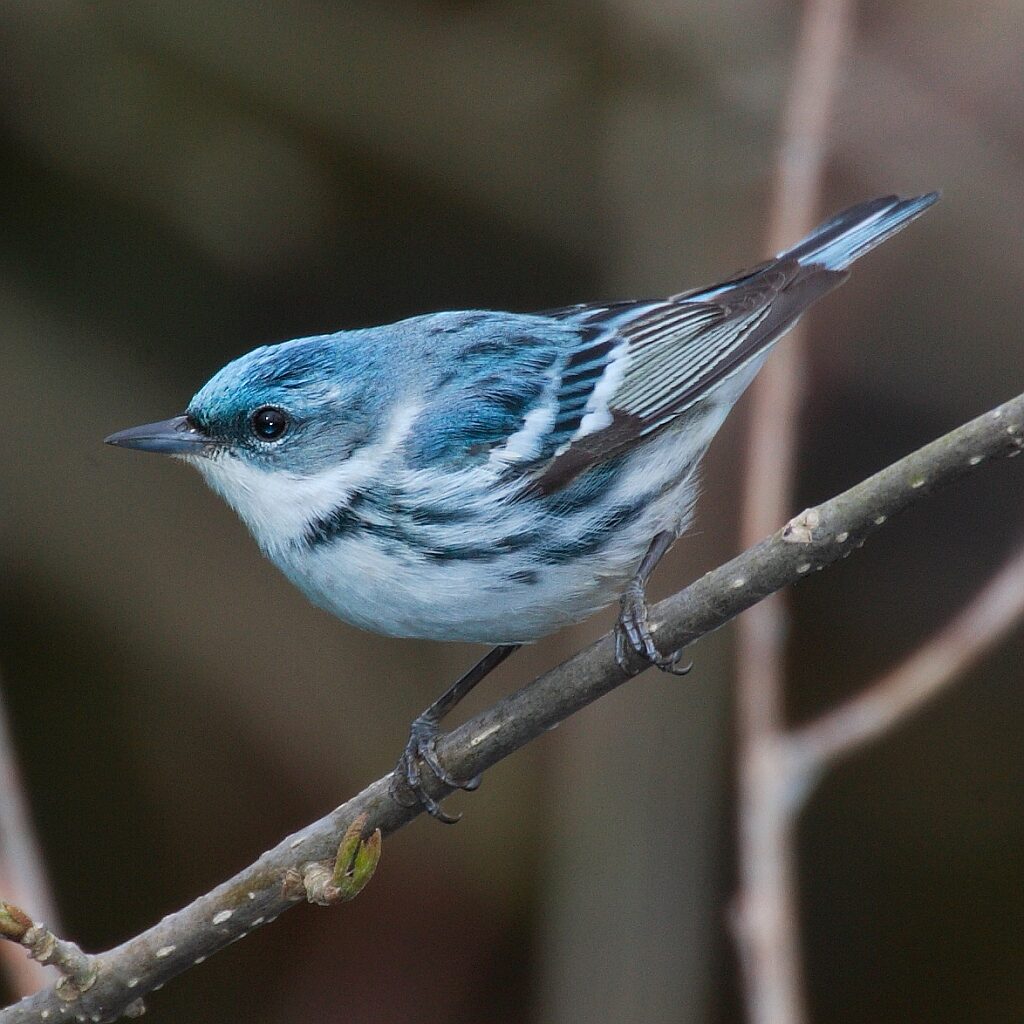
The Cerulean Warbler (Setophaga cerulea) is an illustration, with its fragile body colored in a bright blue hue that makes it stand out.
In terms of identification, the Cerulean Warbler is a small bird that measures approximately 5.5 inches (14 cm) in length, with a weight of around 0.35 ounces (10 g).
They have a wingspan of 7.5-8.7 inches (19-22 cm).
This lovely bird gets its name from its cerulean neckband and distinctive streaks.
The male Cerulean Warbler has a distinctive blue-gray upper body and white underparts, a short, thin bill, a white eye ring, and a short tail.
The female Cerulean Warbler is similar in appearance but is slightly duller in color.
Cerulean warblers prefer to forage in the high canopy of trees, so getting a decent look requires some neck-craning.
For the most pleasing viewing results, use a high-end spotting scope.
The diet of the Cerulean Warbler primarily consists of insects, spiders, and other small invertebrates, which they catch while foraging in the tree canopy.
Below are the characteristics of the Cerulean Warbler,
| Scientific Name | Setophaga cerulea |
| Family Name | Parulidae |
| Length | 11 cm |
| Weight | 9 g |
| Wingspan | 15 cm |
| Habitat | Canopy of deciduous forests |
| Food | Caterpillars, spiders, flies, other insects |
18. Pied-Billed Grebe

The pied-billed grebe (Podilymbus podiceps) is a little brown bird with a strong beak that loves lakes and ponds with fewer people.
In terms of identification, the Pied-billed Grebe is a small to medium-sized waterbird that measures approximately 11-13 inches (28-33 cm) in length, with a weight of around 10-16 ounces (290-450 g).
They have a wingspan of 20-22 inches (51-56 cm).
The Pied-billed Grebe is found throughout much of North and South America, including much of the United States, Canada, and Central America, as well as parts of South America.
They prefer shallow, freshwater wetlands, such as marshes, ponds, and lakes.
Although pie-billed grebes are very common in Ohio, locating them might be difficult unless you seek them in the correct areas.
Birds like to hide on the margins of emergent foliage, so look for them there.
Another excellent way to see this grebe species is to listen to its booming cries.
The diet of the Pied-billed Grebe primarily consists of small fish, crustaceans, insects, and other aquatic invertebrates.
They catch their food by diving underwater, using their large bill to catch and hold onto prey.
Below are the characteristics of the Pied-Billed Grebe,
| Scientific Name | Podilymbus podiceps |
| Family Name | Podicipedidae |
| Length | 33-38 cm |
| Weight | 430-550 g |
| Wingspan | 61-66 cm |
| Habitat | Freshwater wetlands, ponds, lakes |
| Food | Fish, aquatic insects, crustaceans |
19. Eastern Screech Owl

The Eastern Screech Owl (Megascops asio) is a species of owl that belongs to the family Strigidae.
The Eastern Screech Owl is a noisy owl that comes in various colors, including grey and red.
In terms of identification, the Eastern Screech Owl is small to a medium-sized owl that measures approximately 7-10 inches (18-25 cm) in length, with a weight of around 5-8 ounces (140-227 g).
They have a wingspan of 18-24 inches (46-61 cm).
The Eastern Screech Owl is found throughout much of the eastern United States, as well as parts of Canada and Mexico.
They are typically found in deciduous or mixed forests, and they also occur in urban and suburban areas.
Adult grey eastern screech owls might blend reasonably well with tree bark, but you can readily spot one by listening for its characteristic trills and whinnies late at night.
The sounds of the owl may be incredibly eerie and strange.
Although forested regions are the ideal places to look for this bird, it may also be seen in suburbia and parks.
Eastern screech owls will use nest boxes in your yard.
The diet of the Eastern Screech Owl primarily consists of small mammals, such as mice and voles, as well as birds, insects, and other invertebrates.
Below are the characteristics of the Eastern Screech Owl,
| Scientific Name | Megascops asio |
| Family Name | Strigidae |
| Length | 16-25 cm |
| Weight | 140-270 g |
| Wingspan | 38-49 cm |
| Habitat | Wooded habitats, including urban areas |
| Food | Small mammals, birds, insects, earthworms |
20. Blue-Winged Warbler

The Blue-winged Warbler (Vermivora cyanoptera) is a species of warbler that belongs to the family Parulidae.
The blue-winged warbler, a brilliantly colored warbler, may be found in Ohio’s forest edge settings.
In terms of identification, the Blue-winged Warbler is a small songbird that measures approximately 4.5-5.5 inches (11-14 cm) in length, with a weight of around 0.3-0.4 ounces (8-11 g).
They have a wingspan of 7-8 inches (18-20 cm).
It has a bright yellow body with a striking blue-grey color on the wings for easy identification.
Listening to the bird’s song, which includes a distinctive bee-buzz, is another method to identify it.
The state of Ohio is a beautiful area to look for the blue-winged Warbler, especially early in the nesting season when you may hear the unique song.
The diet of the Blue-winged Warbler consists primarily of insects, such as caterpillars, beetles, and spiders.
They also feed on other small invertebrates, such as snails and spiders.
Below are the characteristics of the Blue-Winged Warbler,
| Scientific Name | Vermivora cyanoptera |
| Family Name | Parulidae |
| Length | 11-13 cm |
| Weight | 9-12 g |
| Wingspan | 16-18 cm |
| Habitat | Deciduous forests, woodland edges, and second growth |
| Food | Insects, spiders, and other small invertebrates |
21. Wood Duck

The Wood Duck (Aix sponsa) is a species of dabbling duck native to North America.
The Wood Duck has a distinctive appearance, with colorful iridescent plumage on its head, neck, and chest.
The male has a crested head with a green, purple, and white iridescent sheen, while the female has a more muted brown and white appearance.
Both sexes have a white patch at the base of the bill and a white belly.
The Wood Duck measures about 47-54 cm (18.5-21.3 inches) in length. The Wood Duck weighs around 450-1000 g (1-2.2 pounds).
The Wood Duck has a wingspan of approximately 66-73 cm (26-29 inches).
There are a few well-regarded birding locations on Lake Erie in Ohio that you should not overlook during your birding excursions.
There’s a chance you’ll see some amazing birds like wood ducks there.
The iridescent markings on the head and elegant feathers make this lovely waterfowl stand out.
Unlike several other duck species, the wood duck has powerful claws that allow it to rest on branches.
Wood ducks prefer to stay near the water’s edge, and their distinctive color pattern on the belly and underwings makes them easy to see in flight.
The Wood Duck feeds on a variety of food items, including seeds, acorns, aquatic plants, and insects.
Below are the characteristics of the Wood Duck,
| Scientific Name | Aix sponsa |
| Family Name | Anatidae |
| Length | 43-54 cm |
| Weight | 450-1,000 g |
| Wingspan | 64-73 cm |
| Habitat | Wooded wetlands, including swamps, marshes, and forested ponds |
| Food | Seeds, acorns, and other plant material, as well as insects, crustaceans, and small fish |
22. Yellow-Billed Cuckoo

In Ohio, you may observe this slim and graceful bird.
The Yellow-Billed Cuckoo’s scientific name is Coccyzus americanus.
The Yellow-Billed Cuckoo is a medium-sized bird with a distinctive downward-curved bill.
It has a mottled brown plumage with white spots, a pale yellow underbelly, and a long tail with white outer feathers.
The males and females are similar in appearance.
The average length of a Yellow-Billed Cuckoo is about 31 cm (12 inches).
The average weight of a Yellow-Billed Cuckoo is about 70 g (2.5 ounces).
The average wingspan of a Yellow-Billed Cuckoo is about 47 cm (18.5 inches).
Although it is difficult to spot, the yellow-billed cuckoo may be identified by its unique tail since it prefers to hide in deep forest settings.
It’s best to listen for its distinctive drawn-out, knocking sound, which is challenging to misinterpret with other bird vocalizations.
The cuckoo does not have a set call period; however, it appears more frequently in the early summer.
The Yellow-Billed Cuckoo feeds mainly on caterpillars, cicadas, and other insects, as well as some fruit and berries.
Below are the characteristics of the Yellow-Billed Cuckoo,
| Scientific Name | Coccyzus americanus |
| Family Name | Cuculidae |
| Length | 30-34 cm |
| Weight | 60-140 g |
| Wingspan | 46-52 cm |
| Habitat | Woodlands and forests, especially near water |
| Food | Caterpillars, katydids, cicadas, and other insects, as well as some berries and fruits |
23. Lapland Longspur

Lapland Longspur’s scientific name is Calcarius lapponicus.
During the winter, the Lapland longspur is a widespread songbird in Ohio present in large numbers.
The Lapland Longspur is a small bird with a short, conical bill and a round head. It has a brown back, white underparts, and a black bib.
The male has a rusty-red crown and nape, while the female is browner overall.
Lapland Longspurs are approximately 16 cm in length. They weigh approximately 23 g.
The wingspan of a Lapland Longspur is approximately 27 cm.
Even inexperienced birders may recognize this longspur.
Follow agricultural areas are good places to start looking for this bird, but any open field will enhance your chances of sighting it.
Lapland Longspurs feed on insects and seeds, and in winter they feed on seeds of grasses and other plants.
Check out some of the birding spots along Lake Erie’s shoreline as well.
Below are the characteristics of the Lapland Longspur,
| Scientific Name | Calcarius lapponicus |
| Family Name | Calcariidae |
| Length | 16-18 cm |
| Weight | 19-29 g |
| Wingspan | 21-25 cm |
| Habitat | Arctic tundra, open grasslands |
| Food | Seeds, especially those of grasses and weeds, as well as some insects during the breeding season |
24. Pileated Woodpecker
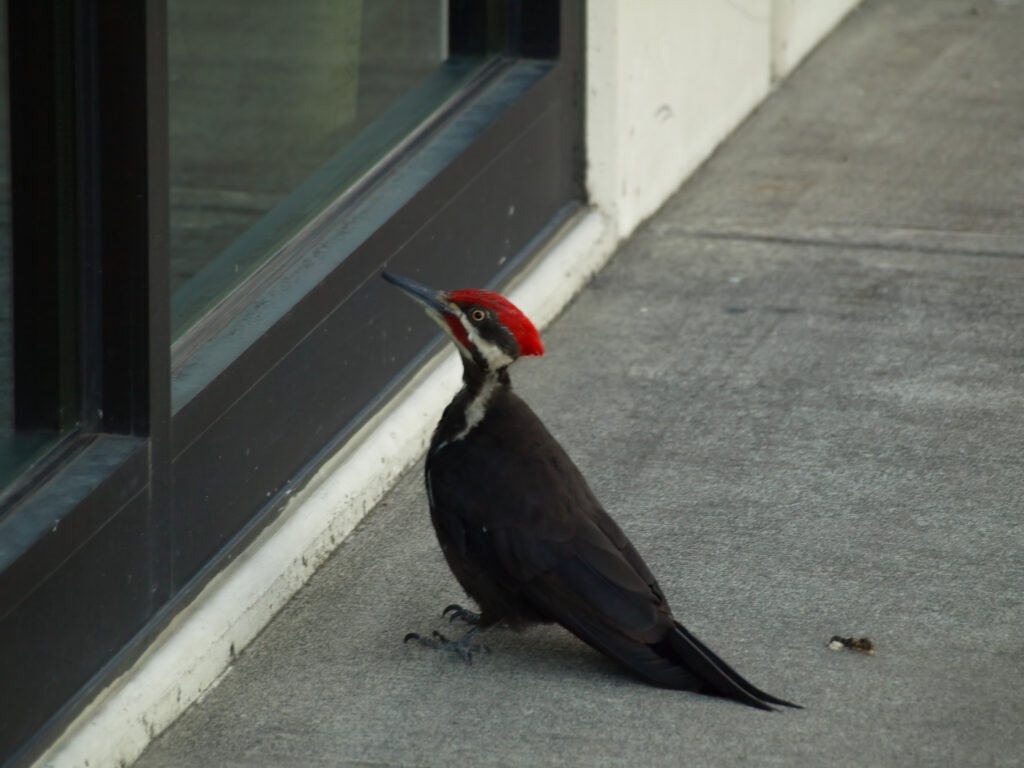
The scientific name of the Pileated Woodpecker is Dryocopus pileatus.
The pileated woodpecker is roughly the same size as a crow in the United States.
The Pileated Woodpecker is a large, black, and white bird with a distinctive red crest on its head.
It has a long, thick bill and black and white striped wings and tail.
It also has a white line that runs down its neck and a white patch on its cheeks.
Pileated Woodpeckers are approximately 40-49 cm in length.
It is a cherished find for many birdwatchers.
This is due to the bird’s extreme secrecy and unwillingness to show itself.
The vast woods of Ohio’s southern and eastern regions provide suitable habitats for the pileated woodpecker.
As confirmation of their presence, look for those unique cavities.
If you’re serious about finding this woodpecker in its natural habitat, you should become familiar with its sounds.
Pileated Woodpeckers feed on a variety of insects, including ants and termites, as well as nuts and berries.
Below are the characteristics of the Pileated Woodpecker,
| Scientific Name | Dryocopus pileatus |
| Family Name | Picidae |
| Length | 16.5-19 inches |
| Weight | 10.6-20 ounces |
| Wingspan | 26-30 inches |
| Habitat | Woodlands, forests, and swamps |
| Food | Wood-boring insects, fruits, and nuts |
25. Indigo Bunting

Indigo buntings are stunning birds with a completely blue appearance.
The scientific name of the Indigo Bunting is Passerina cyanea.
The Indigo Bunting is a small, brightly colored bird with vibrant blue plumage on its head, back, and wings.
The male has a distinctive blue color with a rusty-brown patch on its breast, while the female is brown with a blue-gray head and streaked underparts.
Indigo Buntings are around 4.5-5.5 inches (11-14 cm) in length. They typically weigh between 0.3-0.5 ounces (9-14 g).
The wingspan of the Indigo Bunting is around 7.5-8.5 inches (19-22 cm).
These songbirds are pretty abundant in the eastern United States, despite their bright coloration.
If you want to see an indigo bunting, travel to Ohio’s shrubby regions.
When it’s not singing from a high perch, the bird forages for insects and grains.
Attracting an indigo bunting to your yard is a more straightforward method to view one.
Mealworms are the most pleasing thing to put in the bird feeder to get the bird to come out.
Their diet consists of seeds, insects, and fruit. During the breeding season, they feed mostly on insects to provide protein for their young, while in the winter, they switch to a diet of seeds and fruit.
Below are the characteristics of the Indigo Bunting,
| Scientific Name | Passerina cyanea |
| Family Name | Cardinalidae |
| Length | 4.5-5.5 in (11-14 cm) |
| Weight | 0.5-0.6 oz (14-17 g) |
| Wingspan | 7.9-9.1 in (20-23 cm) |
| Habitat | Breeds in brushy areas and thickets in open country and forests |
| Food | Seeds and insects |
26. Northern Harrier

The scientific name of the Northern Harrier is Circus hudsonius.
The Northern Harrier is a medium-sized bird of prey that is characterized by its long, narrow wings and long tail.
The male is gray with a white rump and underparts, while the female is brown with a white underbelly and a distinctive white rump.
The Northern Harrier is around 18-24 inches (46-61 cm) in length. They typically weigh between 12-24 ounces (340-680 g).
The wingspan of the Northern Harrier is around 40-48 inches (102-122 cm).
The northern harrier is a strange-looking raptor that has a large range across North America.
It is pretty easy to recognize even from a great distance.
This is a long-tailed hawk with a unique white patch at the base of its tail.
You can compare the bird’s visage to that of an owl.
You may find northern harriers in a variety of habitats, including open grasslands and wetlands.
Seeing a flying bird that is sluggish and coursing is your best bet.
Look for the harrier’s white rump and the way its wings are held in a V shape.
The Northern Harrier feeds mainly on small mammals, birds, and reptiles, but also eats insects and fish.
Below are the characteristics of the Northern Harrier,
| Scientific Name | Circus hudsonius |
| Family Name | Accipitridae |
| Length | 40-52 cm (16-20 in) |
| Weight | 200-740 g (7-26 oz) |
| Wingspan | 100-120 cm (39-47 in) |
| Habitat | Wetlands, prairies, fields, and tundra |
| Food | Rodents, reptiles, birds, and insects |
27. Northern Cardinals
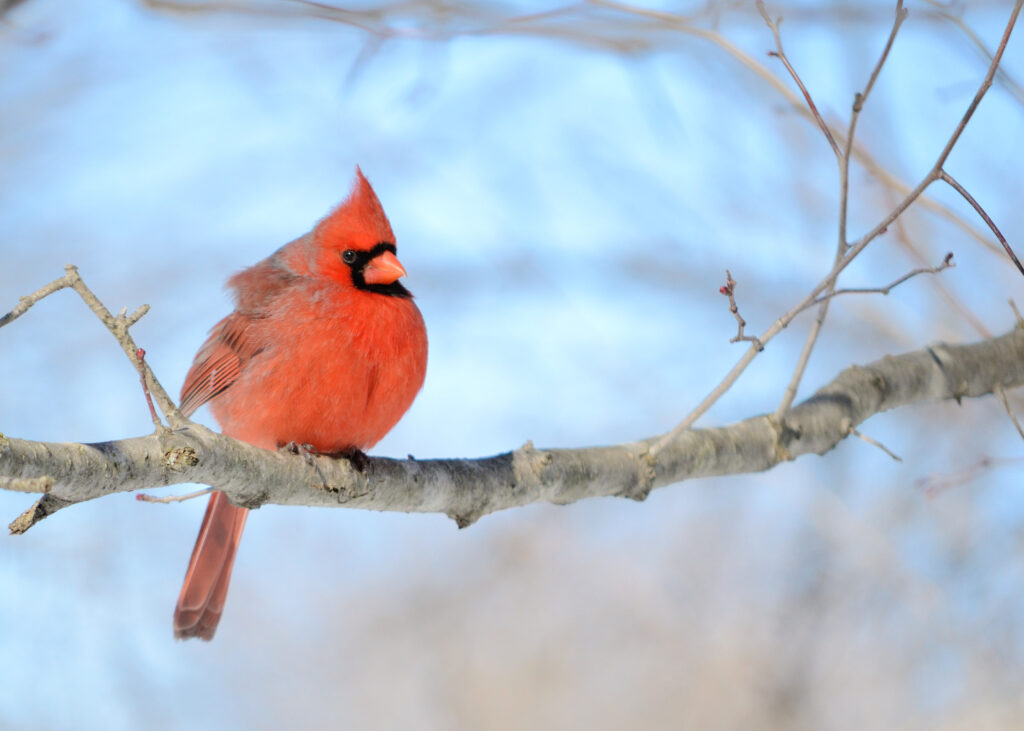
The northern cardinal is the official bird of Ohio because of its widespread distribution and distinctive red coloring.
The Northern Cardinal (Cardinalis cardinalis) is a brightly colored bird native to North America.
The Northern Cardinal is easily recognizable with its bright red plumage, black mask, and large crested head.
Males are a brighter red color with a black mask and a red crest, while females are a brownish-red color with a crest that is not as noticeable.
Both males and females have thick, conical bills.
Northern Cardinals measure approximately 21 cm (8.3 inches) in length.
They weigh around 41-46 g (1.45-1.62 oz).
The wingspan of a Northern Cardinal is about 25-31 cm (9.8-12.2 inches).
It’s particularly good to have a good glimpse at this cardinal in the wintertime when the vivid hue adds some vibrancy to the otherwise dead landscape.
Northern cardinal males have red plumage, while brown females have a more basic appearance with red highlights.
If you’re looking for this bird in the summer, pay attention to its beautiful whistling.
Northern Cardinals are found in a variety of habitats including woodlands, shrublands, wetlands, and suburban areas.
Northern Cardinals feed on a variety of food items including seeds, fruit, insects, and spiders.
Below are the characteristics of the Northern Cardinals,
| Scientific Name | Cardinalis cardinalis |
| Family Name | Cardinalidae |
| Length | 21-23 cm |
| Weight | 41-50 g |
| Wingspan | 31-38 cm |
| Habitat | Deciduous and mixed forests, woodlands, and suburban areas |
| Food | Seeds, fruits, and insects |
28. Greater Scaup

One of Ohio’s most beautiful ducks is the greater scaup.
The Greater Scaup (Aythya marila) is a species of duck found in the northern hemisphere.
The Greater Scaup is a medium-sized duck with a distinctive appearance.
Males have a glossy green head, white neck and breast, and black back and tail. Females are brown with a pale head and neck and a dark back and tail.
Both males and females have distinctive rounded heads and short bills.
The Greater Scaup measures about 48-56 cm (19-22 inches) in length. They weigh about 550-1,200 g (1.2-2.6 lb).
The wingspan of the Greater Scaup is about 75-85 cm (29.5-33.5 inches).
It dives into the water in search of food.
This bird may be found in big flocks around Lake Erie’s beaches.
Although they get along with other duck species, the greater scaup is distinguished by its unique green sheen on the head.
The female lacks this trait and has a chocolate-brown head.
The head of this duck is spherical, unlike that of the smaller scaup.
As a novice birder, it takes some practice to tell them apart.
The Greater Scaup feeds primarily on aquatic plants and mollusks.
Below are the characteristics of the Greater Scaup,
| Scientific Name | Aythya marila |
| Family Name | Anatidae |
| Length | 45-52 cm (18-20 in) |
| Weight | 500-1300 g (18-45 oz) |
| Wingspan | 71-80 cm (28-31 in) |
| Habitat | Arctic tundra and coastal wetlands |
| Food | Aquatic plants and animals, including mollusks, crustaceans, and fish |
29. Black Vulture

The Black Vulture (Coragyps atratus) is a large bird of prey native to the Americas.
The black vulture is most likely visible to Ohio residents in the southern portion of the state.
This is very much the northernmost extent of the range of this species, which is more commonly seen in the south of the continent.
The Black Vulture is a large bird of prey with a distinctive appearance.
They have black plumage, a naked head, and a large bill.
Their wingspan is broad, and their long tail helps to provide stability in flight.
Black Vultures are often confused with Turkey Vultures (Cathartes aura), but the two species can be easily distinguished by their head coloration – Turkey Vultures have a redhead, while Black Vultures have a naked black head.
This vulture is undoubtedly a sight to see, with its black plumage and white stars on the wingtips.
The Black Vulture measures about 63-81 cm (25-32 inches) in length. They weigh about 1.5-2.5 kg (3.3-5.5 lb).
The wingspan of the Black Vulture is about 160-177 cm (63-70 inches).
Soaring is a favorite pastime of black vultures, especially on hot days.
Even before you figure out the rest of the story, you’ll notice their striking silhouette in the sky.
Black vultures, on the other hand, can be spotted eating on roadkill or near dumpsters.
Black Vultures feed primarily on carrion and are often seen feeding on dead animals, including livestock and roadkill.
Below are the characteristics of the Black Vulture,
| Scientific Name | Coragyps atratus |
| Family Name | Cathartidae |
| Length | 26-32 inches |
| Weight | 4-7 pounds |
| Wingspan | 60-72 inches |
| Habitat | Various habitats including forests, deserts, grasslands, and urban areas |
| Food | Carrion, garbage, and occasionally small animals |
Final Words
In conclusion, Ohio is home to a diverse range of bird species, including some of the most common birds in North America.
Again, These are the common birds of Ohio:
- Northern Bobwhite
- Tundra Swan
- Carolina Chickadees
- Summer Tanagers
- Hooded Warbler
- Ruddy Duck
- Bobolink
- American Woodcock
- Northern Shrike
- Chimney Swift
- Great Black-backed Gull
- Swamp Sparrow
- Rough-legged Hawk
- Chestnut-sided Warbler
- Lark Sparrow
- Red-shouldered Hawk
- Cerulean Warbler
- Pied-billed Grebe
- Eastern Screech Owl
- Blue-winged Warbler
- Wood Duck
- Yellow-billed Cuckoo
- Lapland Longspur
- Pileated Woodpecker
- Indigo Bunting
- Northern Harrier
- Northern Cardinals
- Greater Scaup
- Black Vulture
Whether you’re a seasoned birder or a beginner, there is always something new to discover and appreciate about the birds of Ohio.
Whether you’re exploring your own backyard or venturing into one of the state’s many parks and wildlife areas, keep an eye out for these 29 common birds and enjoy the beauty and wonder they bring to our lives.
FAQ
What are the most common birds in Ohio?
Some of the most common birds in Ohio include the Northern Cardinal, Blue Jay, American Robin, Tufted Titmouse, and the Red-tailed Hawk.
Where can I find common birds in Ohio?
Common birds in Ohio can be found in a variety of habitats, including forests, parks, meadows, and suburban areas. Some of the best places to observe birds in Ohio include Cuyahoga Valley National Park, the Cleveland Metroparks, and the Magee Marsh Wildlife Area.
What should I bring with me when birdwatching in Ohio?
When birdwatching in Ohio, it’s a good idea to bring binoculars, a bird identification guide, a notebook and pen, and a camera if you have one. A comfortable pair of shoes and a hat are also recommended, as well as sunscreen and insect repellent.
Is birdwatching a popular activity in Ohio?
Yes, birdwatching is a popular activity in Ohio. With its diverse habitats and abundance of bird species, Ohio is a great place for both beginner and experienced birders to enjoy this hobby.
Are there any birdwatching events or festivals in Ohio?
Yes, there are several birdwatching events and festivals in Ohio, including the Biggest Week in American Birding and the Ohio Young Birders Club. These events are a great way to learn about birds and meet other birders in the state.
Source: https://ohiodnr.gov/discover-and-learn/animals/birds
Last Updated on March 22, 2023 by Lily Aldrin

Hello!
The Northern Shrike, number 9, is the same description as for number 8, the American Woodcock. I’m sure it is just a mistake, but I felt the need to alert you to the problem.